Queen Elizabeth National Park is understandably Uganda’s most popular tourist destination. The park’s diverse ecosystems which include sprawling savanna, shady, humid forests, sparkling lakes and fertile wetlands, make it the ideal habitat for classic big game, ten primate species including chimpanzees and over 600 species of birds. Set against the backdrop of the jagged Rwenzori Mountains, the park’s magnificent vistas include dozens of enormous craters carved dramatically into rolling green hills, panoramic views of the Kazinga channel with its banks lined with hippos, buffalos and elephants, and the endless Ishasha Plains whose fig trees hide lions ready to pounce on herds of unsuspecting Uganda kobs. As well as its outstanding wildlife attractions, Queen Elizabeth National park has a fascinating cultural history. There are many opportunities for visitors to meet the local communities and enjoy storytelling, dance, music and more. The park was founded in 1952 as Kazinga National Park, and renamed two years later to commemorate a visit by Queen Elizabeth II. Uganda’s Queen Elizabeth National Park is truly a Medley of Wonders!
ATTRACTIONS
Lake George
The papyrus swamps of this Ramsar wetland site are home to the semi-aquatic sitatunga antelope. One can spot the elusive shoebill plus other native birds on the lake.
Explosion Craters
The 72 huge round basins scattered across the equator give evidence of the Albertine Rift’s bubbling volcanic past and are a must-see for those with a particular interest in the regions fascinating geological history. The 27km drive between Kabatoro gate and Queens Pavilion takes in views of the circular lakes, the Rift Valley escarpment and the Kazinga channel in front of the mighty backdrop of the Rwenzori Mountains.
Katwe
One of the most famous lookout points in Uganda is in the Katwe-Kabatoro community on Katwe Salt Lake where traditional salt mining has been practiced since the 16th century. The neighboring Lake Munyanyange is a bird sanctuary as well as a migratory location for the lesser flamingo from August to November.
Kasenyi Plains
True vast savannah of Kasenyi is the perfect setting for a classic African safari experience. Huge herds of Uganda kob attract prides of lions, warthogs graze bent down on their knees, guinea fowl scuttle through the grassland and huge dark elephants stride across the game drive tracks, providing dream photo opportunities for visitors.
Mweya Peninsula
Mweya is Queen’s focal point. It is still ram-packed with birds and animals. Its elevated position commands gorgeous views of the Kazinga Channel and surrounding savanna and its proximity to Kasenyi and the North Kazinga plains make it an ideal departure point for wildlife-filled game drives in the morning or evening.
Kazinga Channel
A cruise down the Kazinga channel is the most relaxing way to enjoy a wildlife safari in Queen Elizabeth National Park. The banks are crammed with hippos, buffalos and water birds, along with crocodiles, monitor lizards, marabu storks, weaver birds and elegant pairs of fish eagles. Elephants stride along the banks, all you need to do is sit back with your camera or binoculars and enjoy the incredible spectacle.
Kyambura Gorge
The Kyambura river flows through this thick “underground forest”, 100 meters below the Kicwamba escarpment. The gorge is best known for its resident chimpanzees some of which are habituated and can be tracked through the forest with trained UWA guides. The entrance to the gorge is also a pleasant spot for a picnic.
Kyambura Wildlife Reserve
The beautiful crater lakes of this reserve, located to the East of Kyambura Gorge, offer excellent opportunities to observe many water birds including greater or lesser flamingos and the great Egret.
Maramagambo forest
Buzzing around with primates, including chimpanzees, baboons and several monkey species, the forest is also alive with numerous birds including the rare forest flycatcher, white-naped pigeon and the striking Rwenzori turaco. One can also visit the ‘cormorant house’, a large tree that has been turned white by the birds that roost there at night.
Ishasha sector
This remote southern region enjoys fewer visitors than the North but those who venture this far may be rewarded with sightings of Ishasha’s most famous residents the tree climbing lions lounging in the branches while keeping a close eye on the herds of Uganda kobs. It is also the only area you can find many herds of topi as well as herds of buffalo and elephant. You can occasionally locate the rare shoebill at Edward flats.
PARK ACTIVITIES
Birding, Caves, Chimp Tracking, Game Drives, Hiking/ Nature Walks, Launch Trip, Cultural heritage and Nature Trail, Experimental Tourism/ Wildlife research Tour
ACCESSIBILITY
By Road
Can be accessed easily from Kampala. The tarmac road from Kampala via Mbarara town and Bushenyi leads to the center of the park, passing just 22km from Mweya Peninsula, the main tourism hub. Approaching the park from the south via Mbarara covers a total of 410kms. En-route to the park, visitors have the opportunity to enjoy short detours to Lake Mburo National park, Rwenzori Mountains and Kibale National Park, renowned for its chimpanzee tracking the park can also be accessed from the South via Ishasha from Bwindi Impenetrable National park.
By Air
Charter flights can be arranged to existing airstrips of Kasese, Mweya and Ishasha.
ACCOMMODATION
SPECIALIZED TOUR OPERATORS
- Great Lakes Safaris Limited
- Matoke Tours
- Kjong Uganda Safaris
- House of Uganda Safaris
- Maranatha Tours and Travel
- Victoria Safaris Ltd
- Home to Africa Tours and Travel Company
- Churchill Safaris

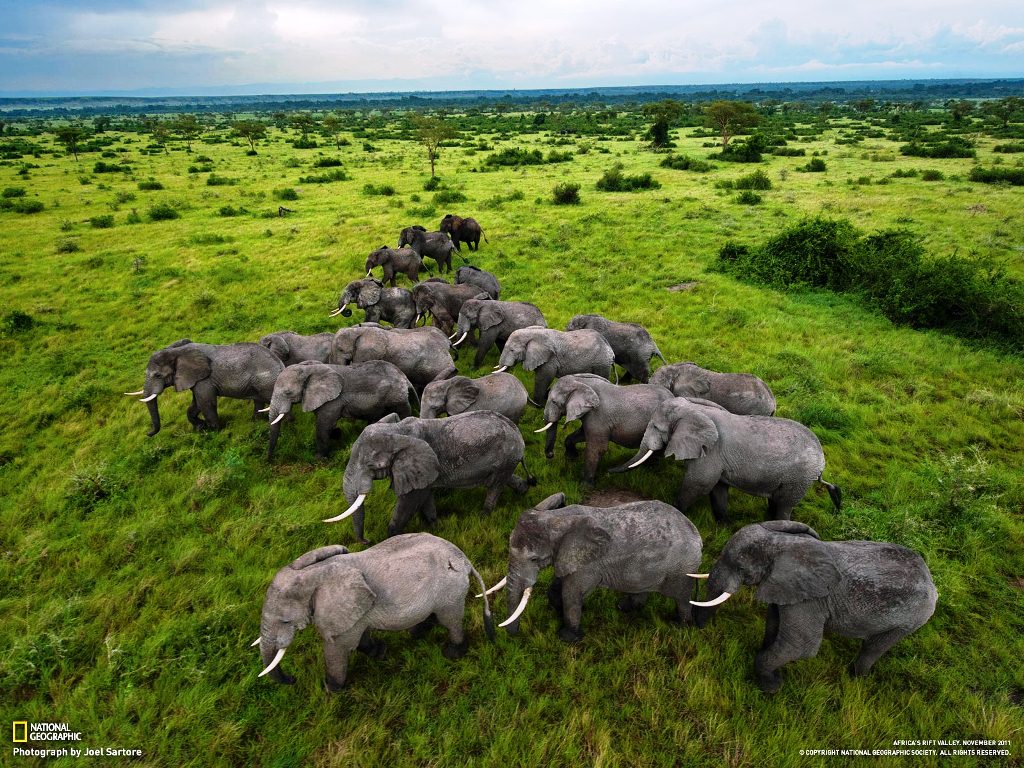
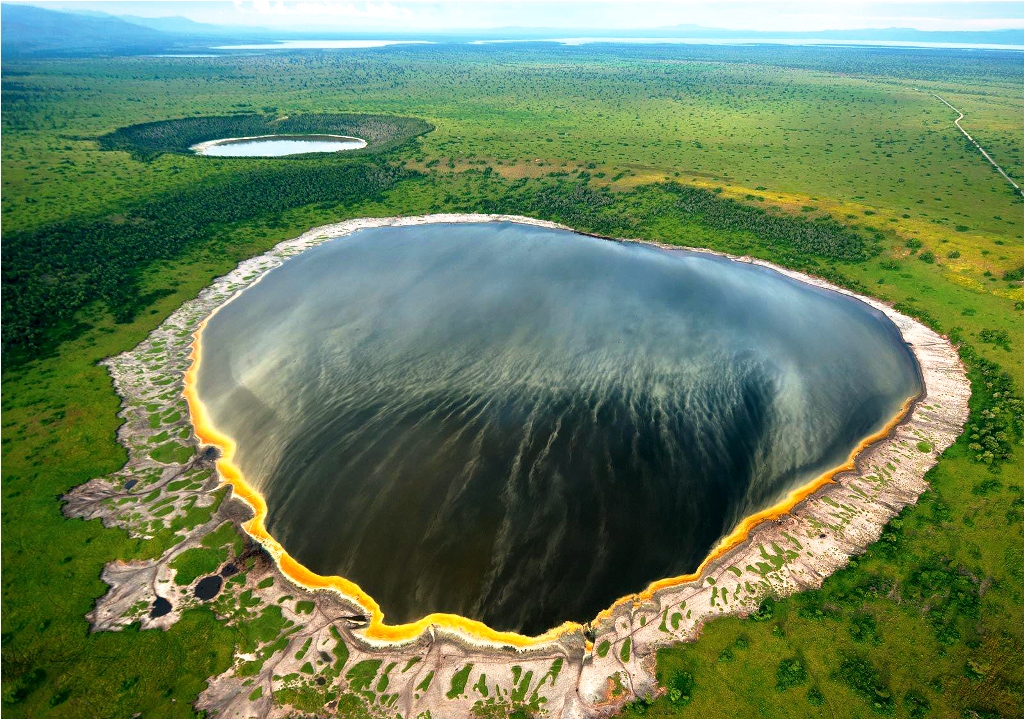
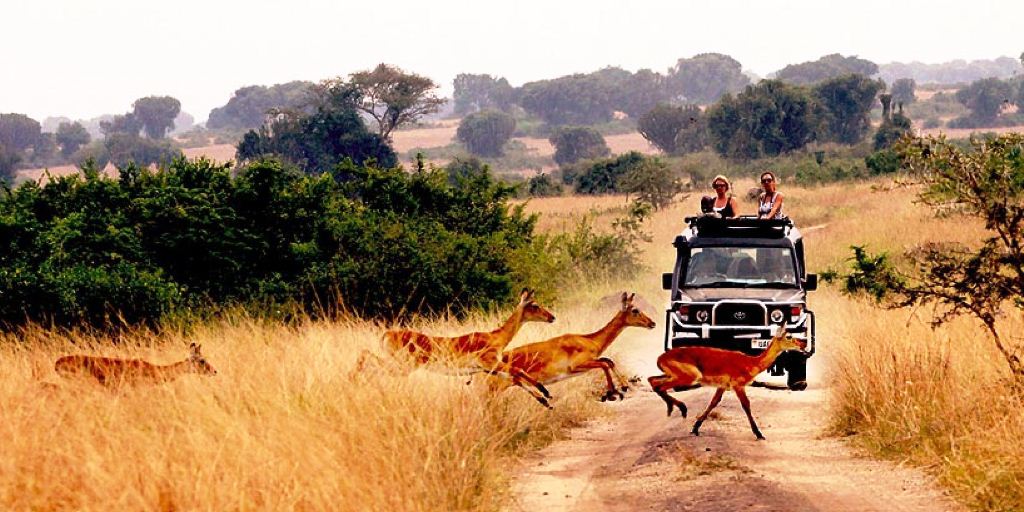

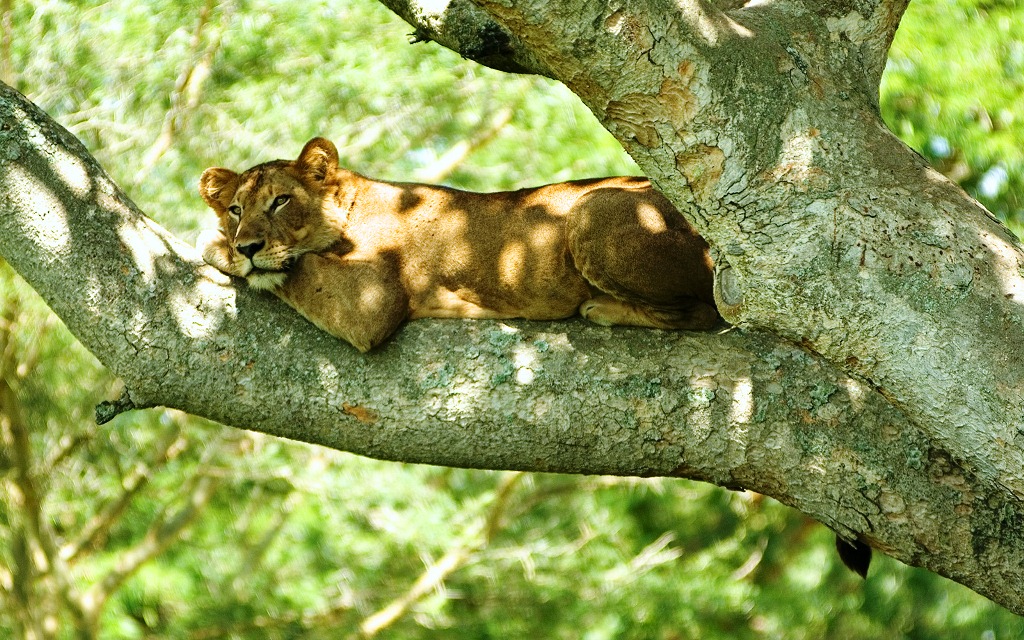
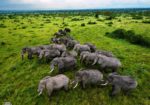
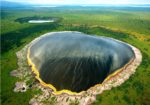
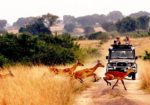
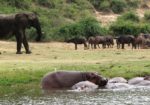
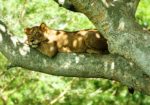


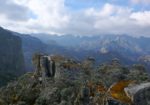










5 Comment
Joseph, 2018-03-29 at 4:18 PM
Queen Elizabeth NP is an amazing park where you can see lions, crocodiles, lots of buffaloes , wild dogs, hyenas, and elephants roaming around. A must do if you’re in Uganda
Ronald, Turkey, 2016-06-02 at 8:21 PM
What an Amazing drive We set out at 6:00 am and right away we saw giraffes, impalas then after a short drive we saw lions on the tree, zebras, water a hard of buffaloes, elephants, giraffe, monkeys, baboons, then hippos. It was so a lucky day, Everything was really great. Please try your luck 😉
Joe, Australia, 2016-03-04 at 4:18 AM
Me and my wife visited Queen Elizabeth National Park in 2014 march. You have to be vigilant to spot animals and binocular is a must have if you want to spot a variety of animals. We spotted 4 of the big 5 and many more animals. The Lion had her freshly killed prey and was still eating. So many animals in the park to see. I would love to visit another time since we missed the praised gorilla trekking
Amirger, 2015-11-18 at 7:49 AM
That is was a best Safari i ever been. Big park . The road not so good, but the view the Animals was Amazing. In the midel of the safari they have a motel to stay in night. You must to sail in the lake at the sunset. All the Animal come to drink
Mi-Dan20, Dallas, 2015-07-20 at 7:52 AM
The channel ride – boat safari is wonderful especially if you are a bird watcher, as there are a multitude of birds with just brilliant colors and lots of hippos! There is not much game although we were stopped for sometime on the road while a larger male fought a juvenile male over a female elephant, it was quite a show! There were a few other sightings, warthogs, buffalo, antelops, a few baboons, etc. however no lions. We also saw 2 extremely large owls that were magnificent and the views are simply beautiful…all in all we enjoyed our safari during our overnight stay on our way to Bwindi.